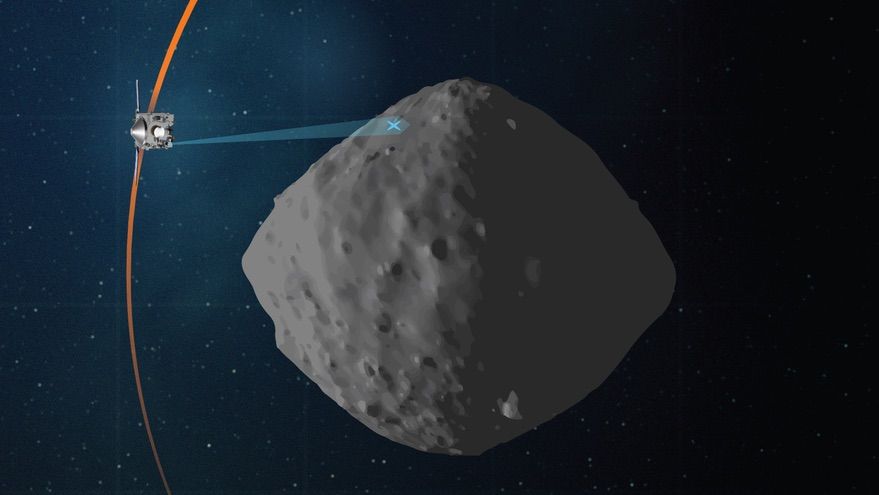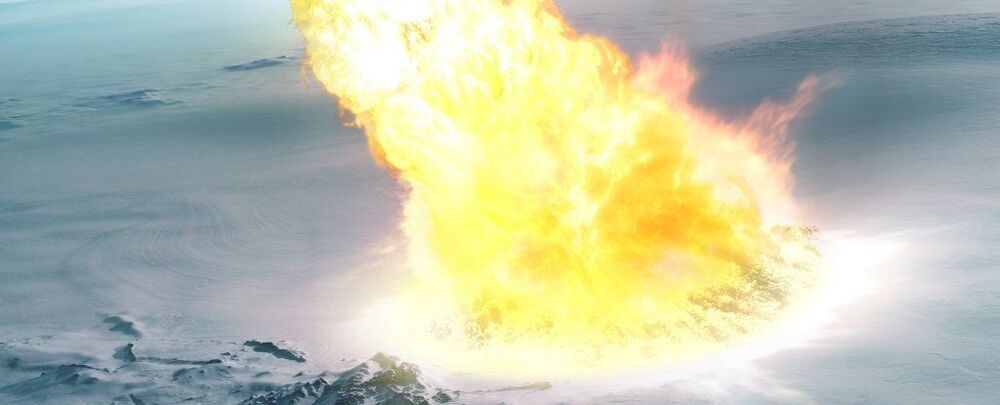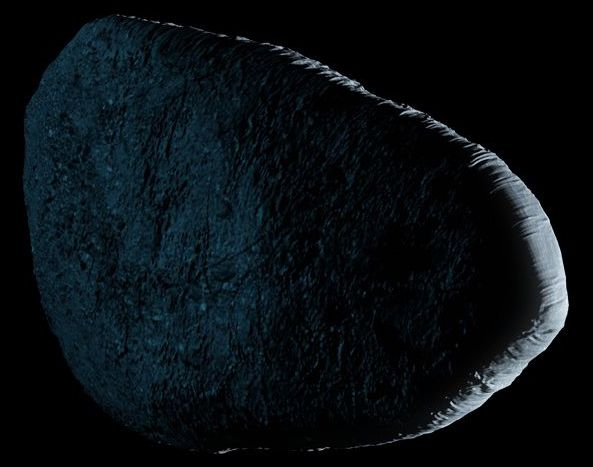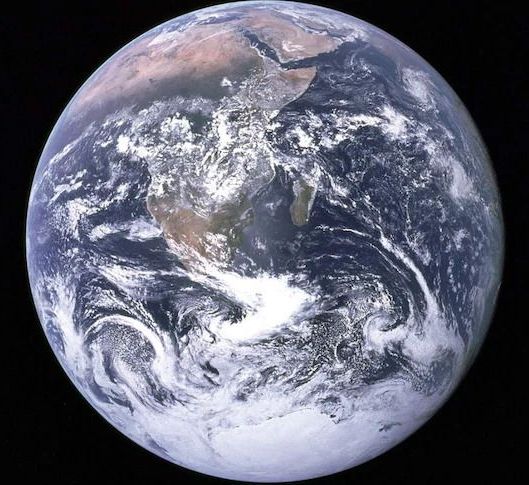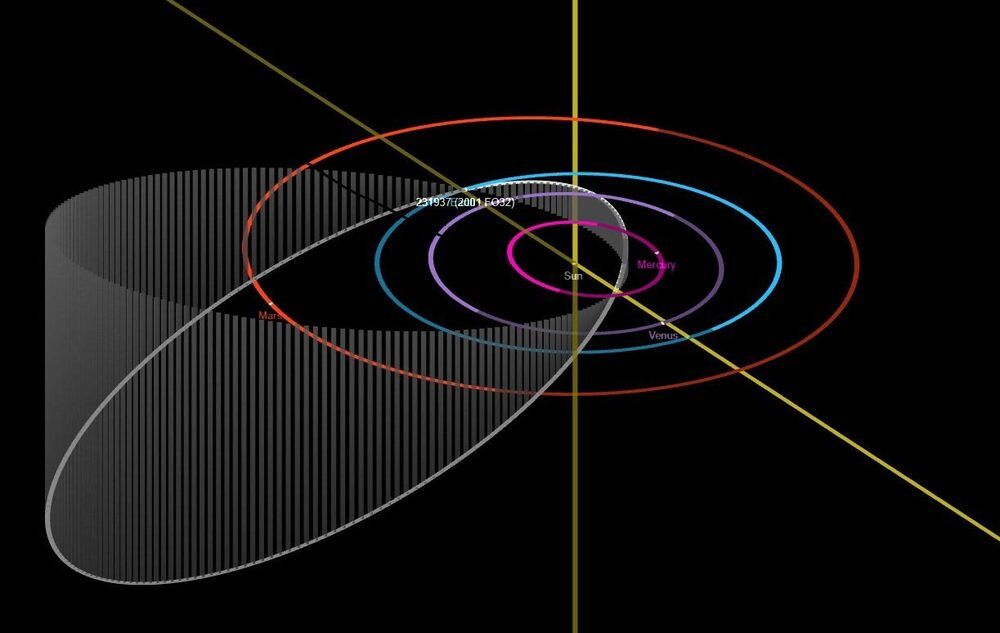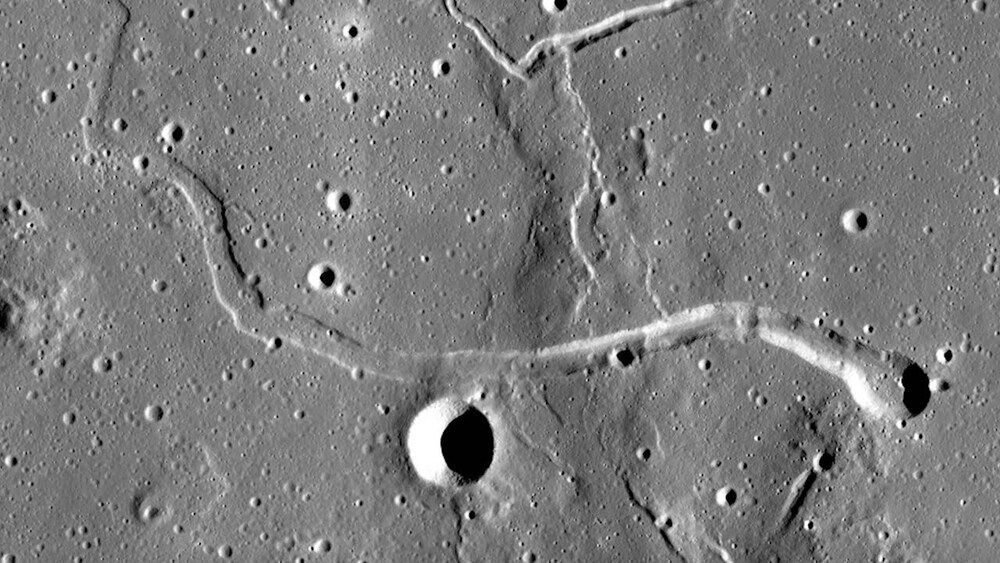Your Survival Depends On All Of Us — Support Open Sourcing Collective Superintelligence Basically, the point of the summit is Artificial Superintelligence or ASI is coming eventually. There are groups of organizations discussing the existential risk that ASI poses to humanity. Even if we only develop an AGI, AGI will still create ASI and we lose control at some point. Supporting the Open Sourcing of Collective Superintelligent systems is our only hope for keeping up and moves us forward before other technologies outpace our ability to keep up. Please support our Summit and help decide how to open source a version of the mASI (mediated Artificial Superintelligence) system, and the creation of a community-driven effort to make these systems better and better. Attendance helps to raise enough money to cover the costs of support services, cloud infrastructure, and the digital resources needed to get this open-source project up, covering publishing and support costs, while also making people aware of it. Papers and formal thinking also are really needed. This particular field of collective intelligence is poorly represented in terms of scientific papers and we hope this project can bring more prominence to this possibility of helping humanity become more than what we are and strong enough to contain AGI while we ourselves are able to become smarter and move to full digitization of humanity for those that want it. Then we can contain ASI safely and embrace the singularity. Please help, save yourself and humanity by support the Collective Superintelligence Conference. Sign up and attend here:
This is the early bird sign-up for the virtual summit held June 4th from 6 am PST to 4 pm PST via Zoom and Youtube. Speakers and Panelists, and workshops will be held in Zoom, and streaming will be done via Youtube.
Who is Running the Summit:
This summit is run in conjunction with BICA (Biologically Inspired Cognitive Architecture) Society and the AGI Laboratory, and The Foundation.
